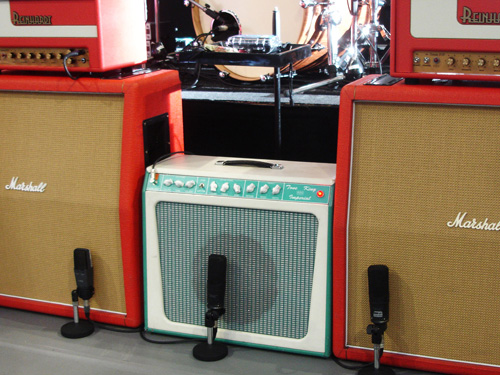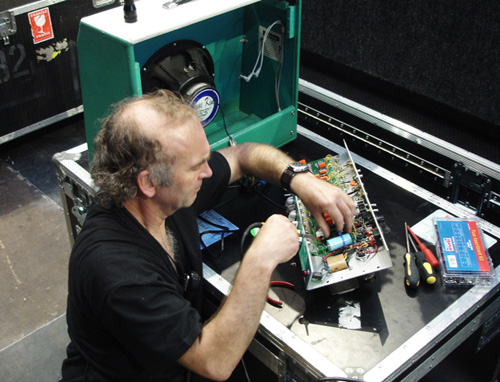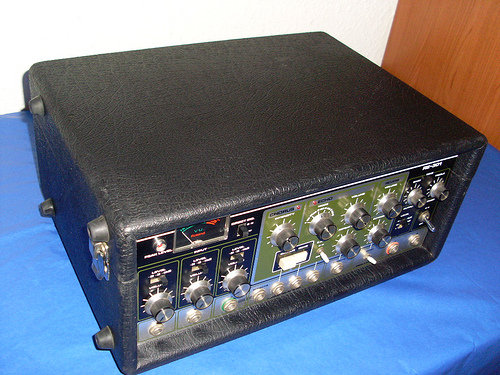Chris Rea Bombollini – live from Loreley 1985
This is the second time I want to feature Chris Rea here (first time: click here). The reason was that today I surfed into a video on youtube from a concert I watched about 25 years ago on television: Chris Rea on a festival from the Loreley – that famous rock on the river Rhine- that was live broadcasted by Germany’s WDR Rockpalast. By the way, Dire Straits also played there a festival gig some years before (summer 1979). It is a beatiful place and those summer evening concerts were always a highlight.
The song is called Bombollini, a song from his 1984 album Wired to the Moon. I never liked this album that much because it sounds somewhat like a cheap and quick production to me although some of the songs were real gems. This song was the openener of the concert, and it always reminded me of the way Dire Straits used to open their concert at that time with Ride across the River: similar pace, similar groove, similar instrumentation to some extend -the flute, the bass marimba sound – … who knows, Chris Rea is known to be a huge Mark Knopfler fan.
The song builds up more and more, ending with a guitar solo on Chris’ ’63 fiesta red Strat nick-named Pinky, played through a silver-face Fender Twin for the clean sounds and an old blonde Fender Bandmaster amp.
But now enjoy:
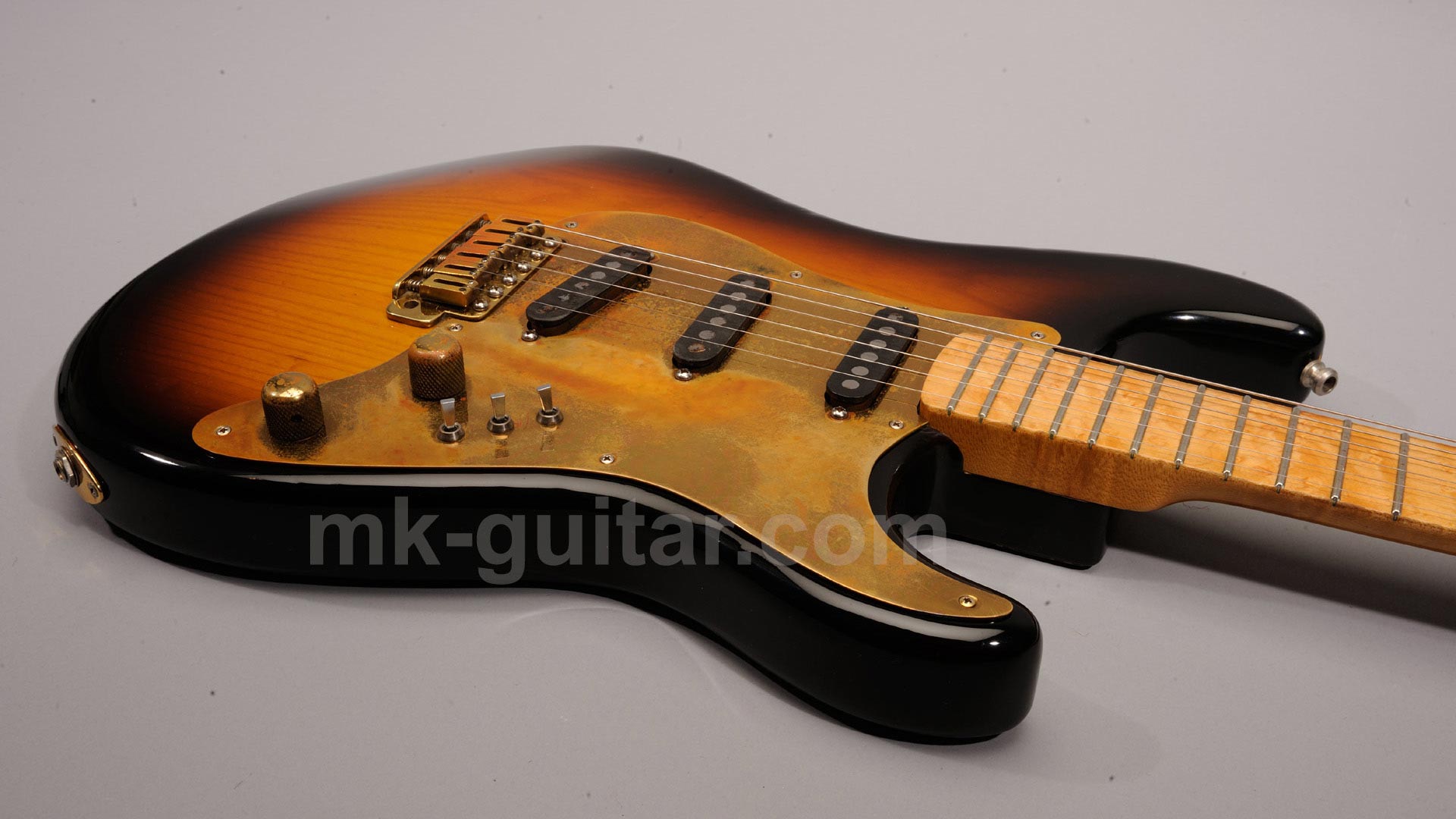
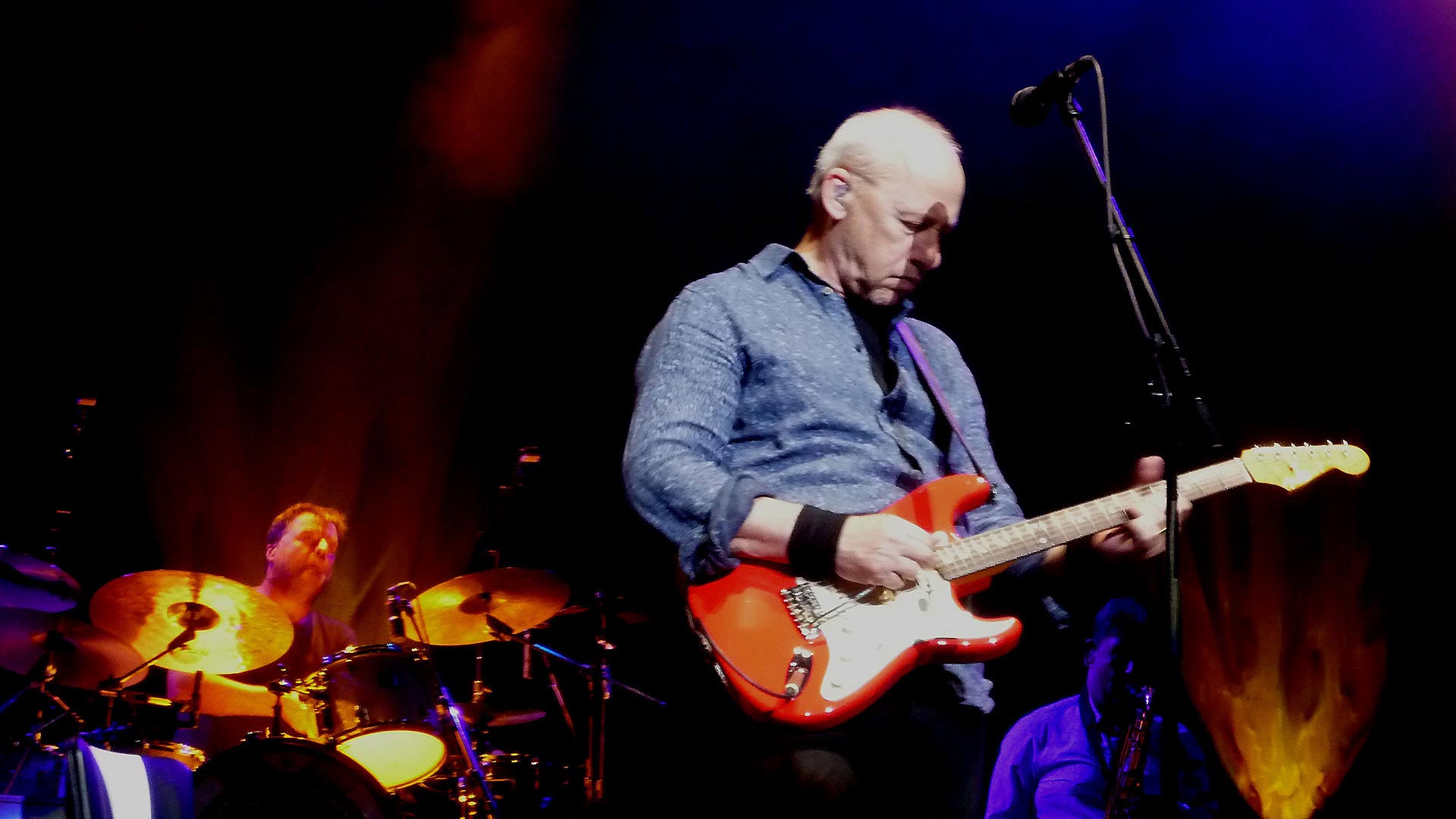
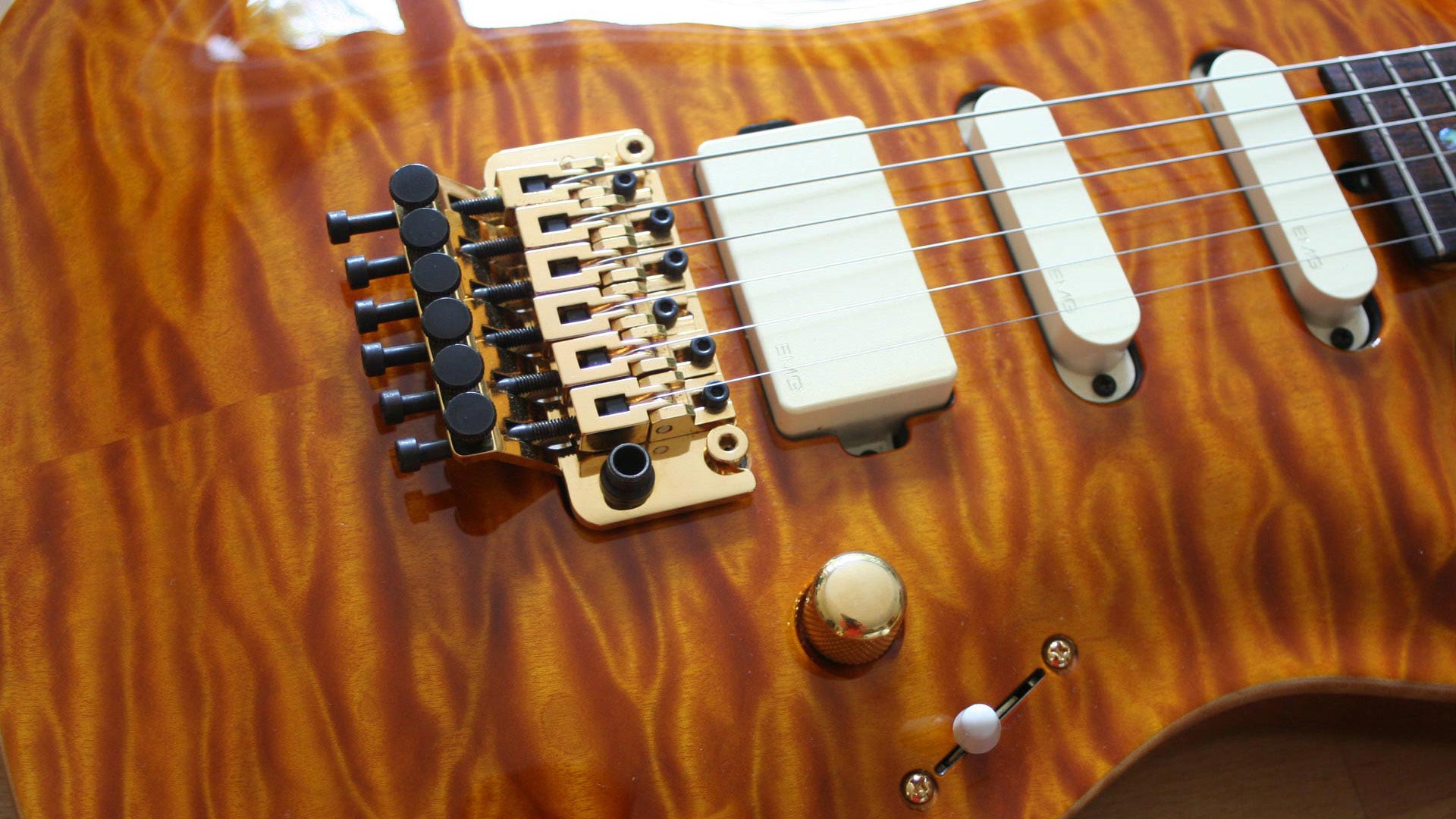
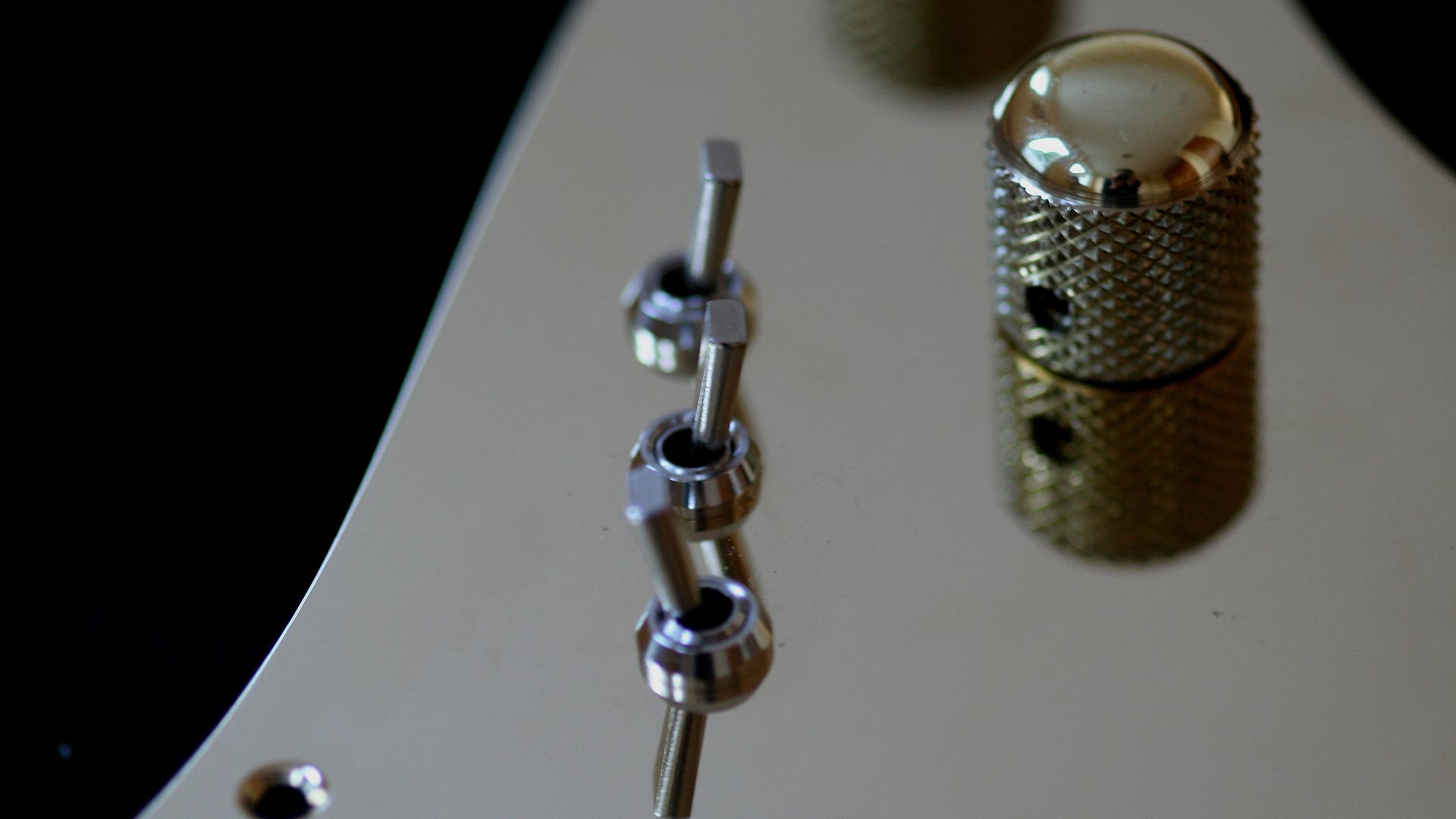
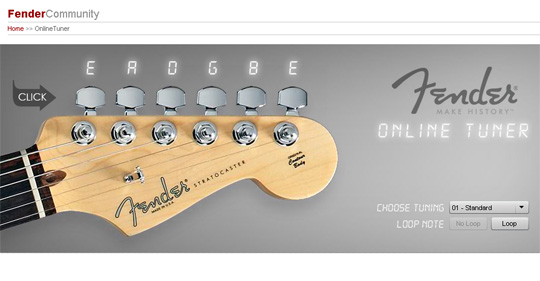
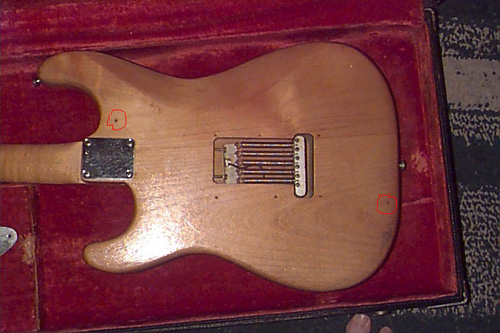
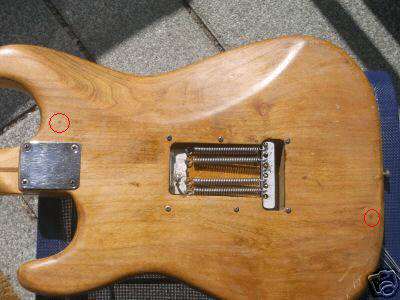
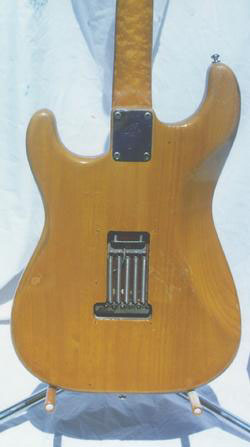
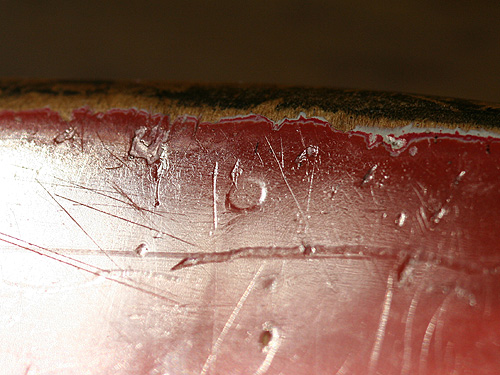
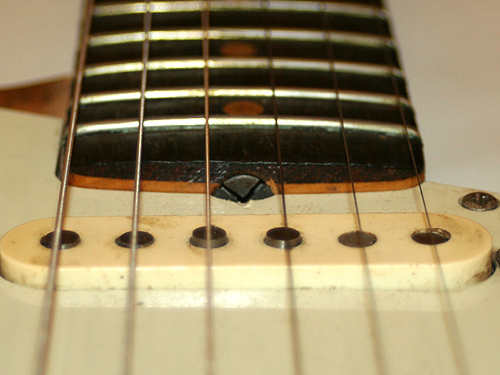
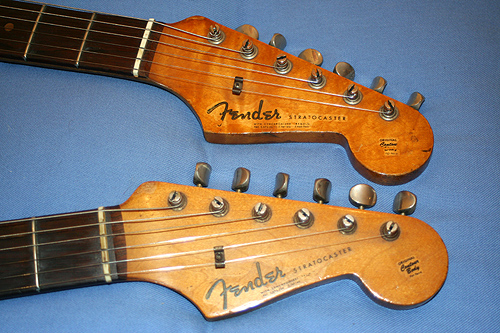
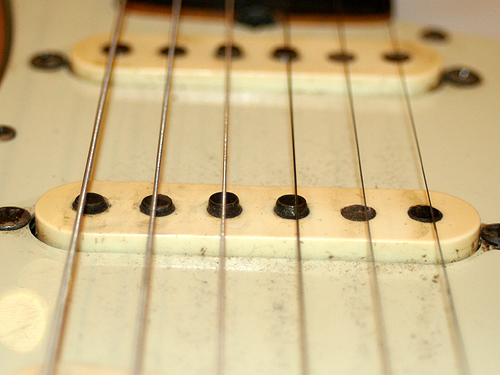
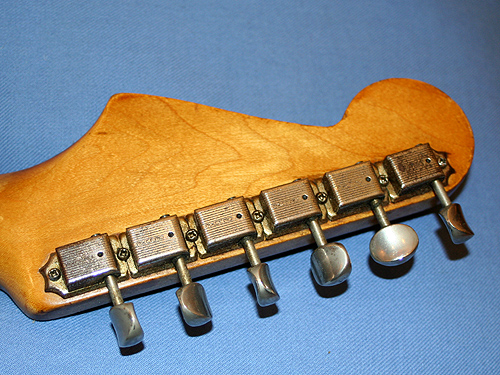
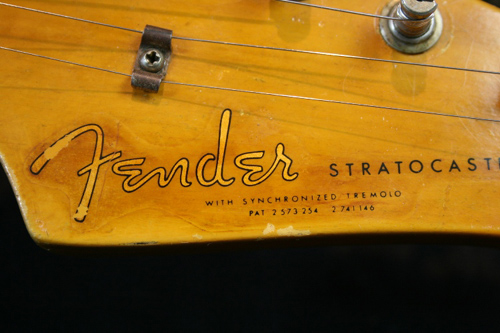
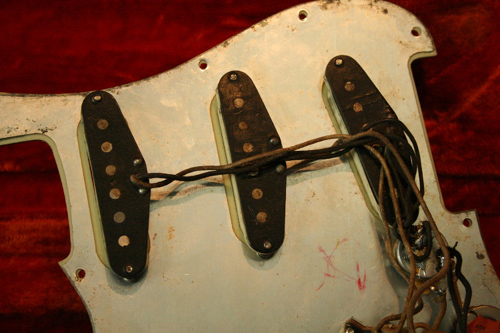
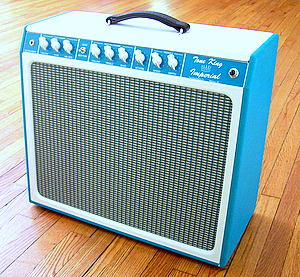
 The Imperial is a two-channel combo with reverb and tremolo. The output power is about 20 watts, coming from two 6V6 tubes. The two channel make use of 12AX7 pre-amp tube, and one 12AT7 driving the reverb, just like Fender amps from the sixties or seventies. In fact it reminds me a lot of a black-face Fender Deluxe amp, which also has a similar layout and one 12″ speaker. In fact you can read on the Tone King website that the rhythm channel aims for that Fender black-face sound. A volume, treble and bass control is all that is required here. Of course the spring reverb – a fundamental ingredient of the Fender sound – works for both channels (note that on Fender amps it only affects the second channel). It will not surprise you that the reverb circuit uses the same two-spring reverb tank (acutronics) and the same tubes like Fender.
The Imperial is a two-channel combo with reverb and tremolo. The output power is about 20 watts, coming from two 6V6 tubes. The two channel make use of 12AX7 pre-amp tube, and one 12AT7 driving the reverb, just like Fender amps from the sixties or seventies. In fact it reminds me a lot of a black-face Fender Deluxe amp, which also has a similar layout and one 12″ speaker. In fact you can read on the Tone King website that the rhythm channel aims for that Fender black-face sound. A volume, treble and bass control is all that is required here. Of course the spring reverb – a fundamental ingredient of the Fender sound – works for both channels (note that on Fender amps it only affects the second channel). It will not surprise you that the reverb circuit uses the same two-spring reverb tank (acutronics) and the same tubes like Fender. The second channel also features just three controls: volume, tone and mid-bite – so no bass and treble control here, just on a small Fender tweed amp from the 50ies. The mid-bite adds a midrange peak and tightens the low end, controling the overdrive tone character that can be blended from Fender tweed to Marshall style.
The second channel also features just three controls: volume, tone and mid-bite – so no bass and treble control here, just on a small Fender tweed amp from the 50ies. The mid-bite adds a midrange peak and tightens the low end, controling the overdrive tone character that can be blended from Fender tweed to Marshall style.